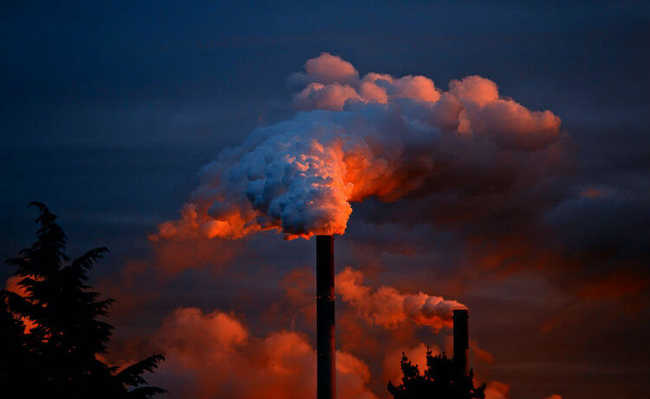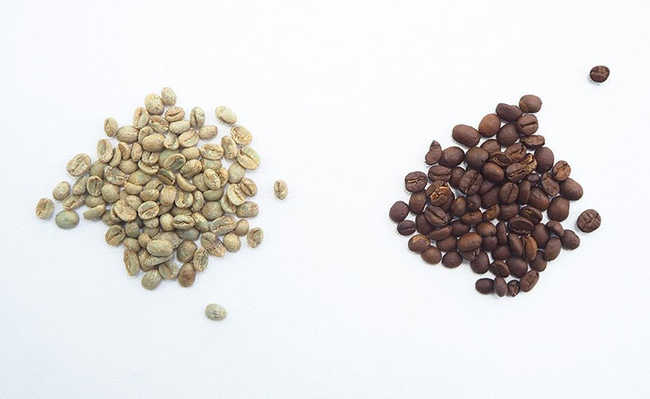What are proteins and their benefits
Proteins are essential for the body to function. Understand:

Edited and resized image by Kien Cuong Bui is available on Unsplash
Proteins are amino acids that join together to form long chains. There are 20 amino acids that help form thousands of different proteins in the body and they play nine main functions in the body:
- What are amino acids and what are they for
1. Growth and maintenance
The body needs proteins for tissue growth and maintenance. However, they are in a constant state of turnover. Under normal circumstances, the body breaks down the same amount of protein used to build and repair tissue. Other times, it breaks down more protein than it can create, thus increasing demand. This usually occurs during periods of illness, during pregnancy and during breastfeeding, recovery from an injury or surgery, old age and during sports (see studies about it here: 1, 2, 3, 4, 5, 6) .
2. Biochemical reactions
Enzymes are proteins that help thousands of biochemical reactions that occur inside and outside cells (see study about it here: 7). The structure of enzymes allows them to combine with other molecules inside the cell called substrates, which catalyze essential reactions for metabolism (see study about it here: 8).
Enzymes can also function outside the cell, such as the digestive enzymes lactase and sucrase, which help to digest sugar. Some enzymes require other molecules, such as vitamins or minerals, for a reaction to take place.
Functions that depend on enzymes include:
- Digestion
- Production of energy
- Blood clotting
- Muscular contraction
The lack or inadequate function of these enzymes can cause disease (see study about it here: 10)
3. Act as a messenger
Some proteins are hormones, which are chemical messengers that help cells, tissues, and organs communicate. They are produced and secreted by endocrine tissues or glands and then transported in the blood to target tissues or organs, where they bind to receptors for other proteins on the cell surface.
Hormones can be grouped into three main categories (see study about it here: 11):
- Proteins and peptides: are made up of chains of amino acids, ranging from a few to several hundred;
- Steroids: are made from fatty cholesterol. The sex hormones, testosterone and estrogen, are based on steroids;
- Amines: are produced from the individual amino acids tryptophan or tyrosine, which help produce hormones related to sleep and metabolism.
- What can sleep deprivation cause?
- Metabolism: what it is and what factors influence it
Proteins and polypeptides make up the majority of your body's hormones. Some examples include:
- Insulin: signals the uptake of glucose or sugar in the cell;
- Glucagon: Signals the breakdown of glucose stored in the liver;
- hGH (human growth hormone): stimulates the growth of various tissues, including bones;
- ADH (Antidiuretic Hormone): signals the kidneys to reabsorb water;
- ACTH (adrenocorticotropic hormone): stimulates the release of cortisol, a key factor in metabolism.
4. Provide structure
Some proteins are fibrous and provide rigidity to cells and tissues. These proteins include keratin, collagen and elastin, which help to form the connective structure of certain structures in the body (see study on this: 13). Keratin is a structural protein found in skin, hair and nails.
- Collagen: understand what it is for, benefits and if it harms
- The Best Foods to Increase Collagen Production
Collagen is the most abundant protein in the body and gives structure to bones, tendons, ligaments and skin (see study about it here:14).
Elastin is several hundred times more flexible than collagen. Its high elasticity allows many tissues in your body to return to their original shape after stretching or contracting, such as the uterus, lungs and arteries (see study about this:15).
5. Maintain the proper pH
Proteins play a vital role in regulating the concentrations of acids and bases in blood and other body fluids (see studies on this here: 16, 17).
The balance between acids and bases is measured using the pH scale. It ranges from 0 to 14, with 0 being the most acidic, 7 being neutral and 14 being the most alkaline.
Examples of the pH value of common substances include (see study on this: 18):
- pH 2: stomach acid
- pH 4: tomato juice
- pH 5: black coffee
- pH 7.4: human blood
- pH 10: milk of magnesia
- pH 12: soapy water
- Learn how to make a homemade pH meter
A variety of buffering systems allow body fluids to maintain normal pH ranges. A constant pH is necessary, as even a slight change can be harmful or potentially deadly (see studies about it here: 19, 20).
One way the body regulates pH is through the action of proteins. One example is hemoglobin, a protein that makes up red blood cells.
Hemoglobin binds small amounts of acid, helping to maintain the blood's normal pH value. The body's other buffer systems include phosphate and bicarbonate (see study on this here: 16).
6. Balance fluids
Proteins regulate the body's processes to maintain the balance of bodily fluids. Albumin and globulin are proteins present in the blood that help to maintain fluid balance, attracting and retaining water (see studies about it here: 21, 22).
If you don't get enough protein, your albumin and globulin levels go down. As a result, these proteins can no longer keep the blood in the blood vessels and fluid is forced into the spaces between the cells.
As the fluid continues to accumulate in the spaces between cells, swelling or edema occurs, especially in the stomach region (see study about it here: 23). This is a form of severe protein malnutrition called kwashiorkor that develops when a person consumes enough calories but does not consume enough protein (see study on this: 24). Kwashiorkor is rare in developed countries and occurs more often in poor areas.
7. Boost immune health
Proteins help to form immunoglobulins, or antibodies, to fight infection (see studies on this: 25, 26). Antibodies are proteins in the bloodstream that help protect the body from harmful invaders such as bacteria and viruses.
When these invaders enter cells, the body produces antibodies that mark them for elimination (see study about it here: 27). Without these antibodies, bacteria and viruses would be free to multiply and burden the body with the disease they cause.
After generating antibodies against a specific bacteria or virus, cells never forget how to make them. This allows the antibodies to respond quickly the next time a disease-specific agent invades the body (see study on this here: 28). As a result, the body develops immunity against the diseases to which it has been exposed (see study about it here: 29).
8. Transport and store nutrients
Transport proteins carry substances throughout the bloodstream - into cells, outside or inside them.
Substances transported by these proteins include nutrients such as vitamins or minerals, sugar, cholesterol and oxygen (see studies about it here: 30, 31, 32).
Hemoglobin, for example, is a protein that transports oxygen from the lungs to body tissues. Glucose transporters (GLUT) move glucose into cells, while lipoproteins transport cholesterol and other fats in the blood.
Protein transporters are specific, meaning they only bind to specific substances. In other words, a protein transporter that moves glucose does not move cholesterol (see studies on this here: 33, 34).
Proteins also have storage functions. Ferritin is a storage protein that stores iron (see study about it here: 35). Another storage protein is casein, which is the main protein in milk that helps your baby develop.
9. Provide energy
Proteins can provide energy. They contain four calories per gram, the same amount of energy that carbohydrates provide. Fats provide more energy, with nine calories per gram.
- Calories: do they matter?
However, the last thing the body wants to use for energy is protein, as this valuable nutrient is widely used throughout the body.
Carbohydrates and fats are much better suited to providing energy, as the body maintains reserves for use as fuel. In addition, they are metabolized more efficiently compared to protein (see study about it here: 36)
In fact, protein provides very little of the energy requirement under normal circumstances. However, in a state of fasting (18 to 48 hours without food), the body destroys muscles so that amino acids can provide energy (see studies on this here: 37, 38).
The body also uses amino acids from muscles if carbohydrate storage is low. This can happen after strenuous exercise or if you don't consume enough calories in general (see study on this: 39). For high-protein foods, take a look at the article: "Ten Protein-Rich Foods".










